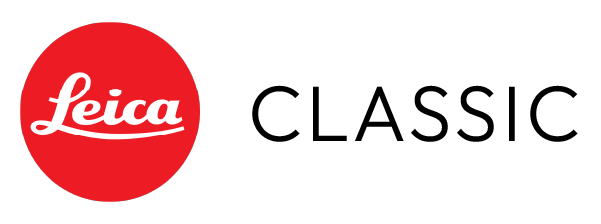Ororaro
Well-known
Paperwork means nothing. A decade ago, and until lately, empty documents could be found on the net.
(Also, as an aside and off topic, Don Goldberg has purchased the whole old factory lot from Leica directly: all the old parts, rare and new. Tools… Many bits that, in the wrong hands, could cause harm on the Leica historical market.)
There was a scandalous ebay seller who used to sell counterfeit leicas (repaints) with counterfeit paperwork. Got unmasked, about 5 years ago if I remember correctly. Made crazy money. Now, all those fakes are in the wild and have been converted to being “originals”, and accepted as such.
The chinese and japanese black and gray market has become extremely Dangerous to Leica originals.
First off, the original Leicavit MP: They have no serial numbers, and the black paint variant is EXTREMELY rare. However, the lack of serial numbers has created a flood of repaints being passed as “originals”. The thing is, an original Black Paint has a 2-line engraving on the back, while a silver leicavit has a 3-line engraving. That is official info.
That is the sole distinguisher.
Money being money, even the big auctions have overlooked this fact, in the past, selling repainted Leicavits as “originals” and as “factory repaint”. Such an easy gimmick. The “trust me Bro” kind.
One easy distinguisher is the black paint itself: there was only ONE KIND of black paint. The Leicavits and fake M2 and M3 come with many different kinds of black paints, some are brassed, some not, but a loupe will give out any difference. Leica wasn’t playing with different paints; they had only one kind. And when you know what is an original black paint Leica, you can easily spot the fake ones.
A brassed original leica will brass in a certain way, very far from the Brassed jobs we see being passed on as “heavily used”. Flaking paint and all. There’s no way a 34 old chinese Leica/Rolex reseller was present in 1964 to have first habd experience. Nor in 2008 when the market was still easy, because in 2008 they were too busy with nintendo games. It has sadly become a “trust me bro” tainted market.
The chinese manufacturing has become so good, the laser engravers have become so perfect, that we have now started seeing perfect manufactured copies. The M3 black paint top plates without serial numbers that used to be accessible are now perfectly engraved.
Many silver bodies have been puttie’d and re-engraved.
Many are also passed on as “factory repaint because, back then, one could pay for the service” and come with fake documentation.
There are many ways to tell true Leicas. One of them is the glue underneath the top plate, holding the windows. That glue is specific, and differe than the glue used today for repaints.
So on…
(Also, as an aside and off topic, Don Goldberg has purchased the whole old factory lot from Leica directly: all the old parts, rare and new. Tools… Many bits that, in the wrong hands, could cause harm on the Leica historical market.)
There was a scandalous ebay seller who used to sell counterfeit leicas (repaints) with counterfeit paperwork. Got unmasked, about 5 years ago if I remember correctly. Made crazy money. Now, all those fakes are in the wild and have been converted to being “originals”, and accepted as such.
The chinese and japanese black and gray market has become extremely Dangerous to Leica originals.
First off, the original Leicavit MP: They have no serial numbers, and the black paint variant is EXTREMELY rare. However, the lack of serial numbers has created a flood of repaints being passed as “originals”. The thing is, an original Black Paint has a 2-line engraving on the back, while a silver leicavit has a 3-line engraving. That is official info.
That is the sole distinguisher.
Money being money, even the big auctions have overlooked this fact, in the past, selling repainted Leicavits as “originals” and as “factory repaint”. Such an easy gimmick. The “trust me Bro” kind.
One easy distinguisher is the black paint itself: there was only ONE KIND of black paint. The Leicavits and fake M2 and M3 come with many different kinds of black paints, some are brassed, some not, but a loupe will give out any difference. Leica wasn’t playing with different paints; they had only one kind. And when you know what is an original black paint Leica, you can easily spot the fake ones.
A brassed original leica will brass in a certain way, very far from the Brassed jobs we see being passed on as “heavily used”. Flaking paint and all. There’s no way a 34 old chinese Leica/Rolex reseller was present in 1964 to have first habd experience. Nor in 2008 when the market was still easy, because in 2008 they were too busy with nintendo games. It has sadly become a “trust me bro” tainted market.
The chinese manufacturing has become so good, the laser engravers have become so perfect, that we have now started seeing perfect manufactured copies. The M3 black paint top plates without serial numbers that used to be accessible are now perfectly engraved.
Many silver bodies have been puttie’d and re-engraved.
Many are also passed on as “factory repaint because, back then, one could pay for the service” and come with fake documentation.
There are many ways to tell true Leicas. One of them is the glue underneath the top plate, holding the windows. That glue is specific, and differe than the glue used today for repaints.
So on…










